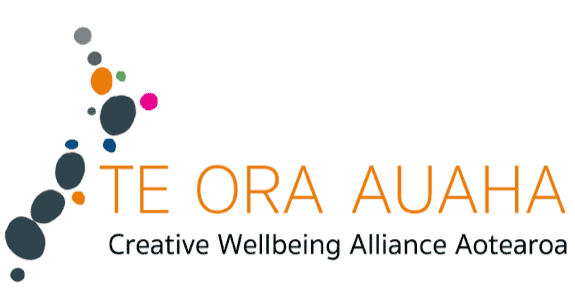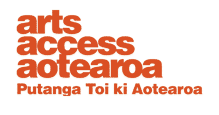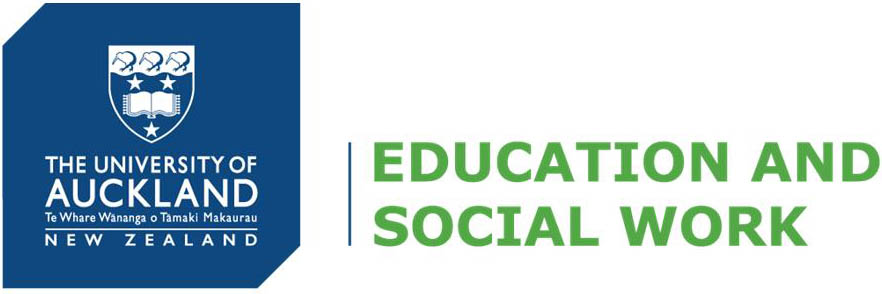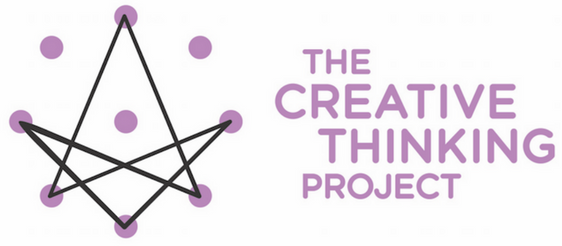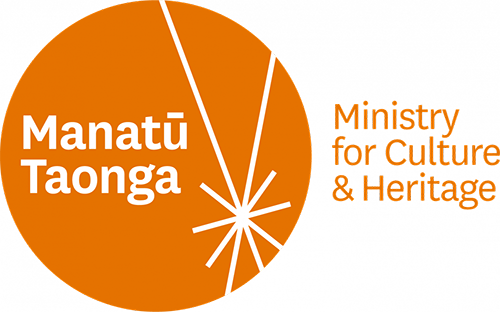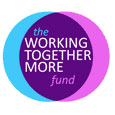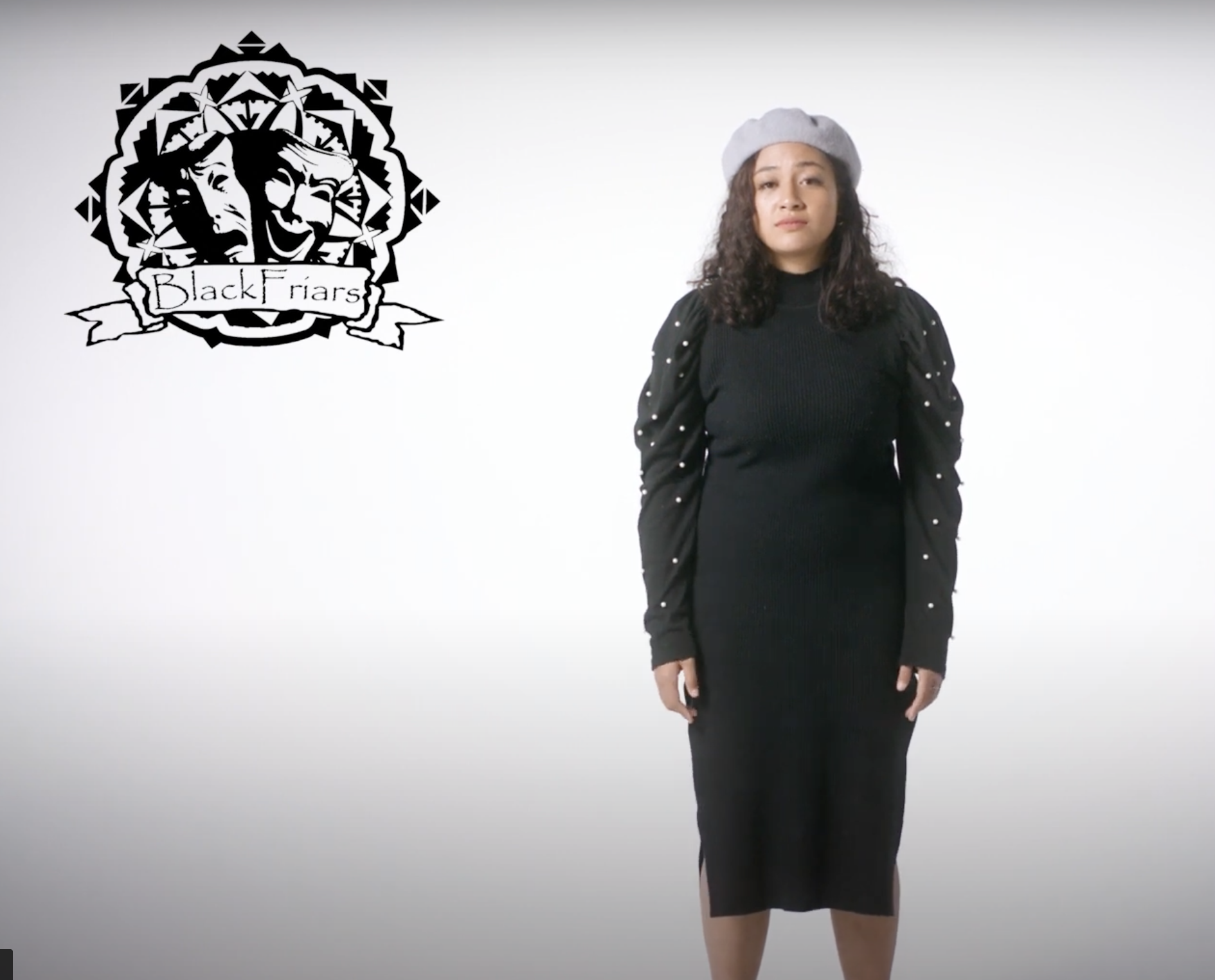
CREATING CHANGE FOR RANGATAHI
An interview with Dr. Molly Mullen on her recent research report in collaboration with Maria Ahmad and Amber Walls (University of Auckland Faculty of Education and Social Work), Creating Change: The economies of arts organisations working towards social justice and wellbeing for rangatahi young people in Tāmaki Makaurau Auckland.
The research report presents the background and findings of a research project examining the funding and policy environment for youth arts organisations in Tāmaki Makaurau.
The research came about in response to evidence from a previous study, which showed funding was the main challenge faced by youth arts organisations in this rohe. Based on the experiences of three organisations, this report considers the aspects of the policy and funding landscape that are working well to support youth arts organisations, key challenges and what needs to change to better enable youth arts organisations to achieve social justice and wellbeing for young people. The report argues that, given the evidence for the multiple, significant ways the arts can benefit youth wellbeing and contribute to social justice, funders and policy makers could be doing more to ensure equitable access to arts participation for youth.
We spoke to Te Ora Auaha member Dr. Molly Mullen to understand the impacts and challenges of this crucial work.
You talk about world leading youth arts practices in New Zealand in your report. Can you give me an overview of some of the organisations that are world leading and explain the types of works that they're doing?
Molly Mullen: So I think one of the ways in which New Zealand is world leading is that we are seeing practice here that is fully led by indigenous Māori and Pacific world views in which these world views are part of innovative hybrid approaches – which bring together multiple frameworks. And I think in that respect, we've got some world leading practice that is both distinct to New Zealand, but also offers methodologies and ways of thinking about youth arts that have the potential to lead elsewhere.
We also have some incredible long running programs that are highly respected overseas. Peter O’Connor’s Everyday Theatre, that works in schools, is probably one of the longest running applied theatre programmes, and has been recognised multiple times in international research.
You also talk about the evidence for why governments should be investing in arts and wellbeing. What is that evidence?
We've now got a vast amount of research that goes from quite quantitative clinical studies through to qualitative case studies, showing the multiple benefits that participating in the arts can have to youth mental health, to young people's subjective senses of wellbeing, to young people becoming involved in change for themselves and their communities and in changing public perceptions. It may be that this evidence is just not accessible to the right people. The evidence is absolutely there for why it would pay for governments to invest in participatory youth arts.
Why do you think that that investment is so limited considering the many policy aligned outcomes?
I think because it's misunderstood. I think there's a big misconception about what we're talking about. That's one of the things we're trying to do in the report, to explain what this distinct area of practice is, where the arts are, being integrated with culturally relevant world views, creative practices and youth development. So positive youth development, the strength-based approach to working with young people, fostering young people's leadership, being integrated with an arts focus, in a culturally relevant way.
I think that's quite a difficult thing for some people to get their heads around, if they have never experienced it. It's where both the development of the art and supporting young people to flourish, within their whānau and community, is of equal importance and interrelated.
There's a complexity to it.
Yeah. I think it's one of those things that in a way, unless you've seen it and experienced it, you can't really get your head around what it is.
Your report speaks about funders developing models that are “responsive to culture practices, aspirations, and sovereignty of indigenous ideas”. What does that look like in practice?
It’s about de-centering control over funding and decision making. It would be about understanding what value means to indigenous communities, to youth as well. It would be around looking at the kinds of organisational and economic models that are being used by indigenous and Pacific led organisations, and organisations that are serving indigenous, Māori and Pacific communities and how you could resource those organisations in a way that really supports, the way the organisation operates, their ethos, as well as the practice.
So, if you look at The Black Friars who are part of the research, they're not operating as a formal organisation. That impacts on the way they are perceived or treated by some funders. Or, the funders want them to act more like a conventional organisation. But, their way of working as an organisation is embedded in their culture and a collective ethos that comes with that. If more funders understood that, they could work with organisations like this to find ways to resource the creative and organisational practices in ways that are consistent with the values that underpin it.
Does that tie to your quote "invest in the what and let organisations determine the how"?
Yes. I think that's something which is already being suggested by people involved in philanthropy. It's not a kind of wild leap away from what philanthropy is already thinking about. We can see that the mission of this organisation is something that aligns with the objectives of the funder, let's fund them to work towards that, but give the organisation more control over how they do the mahi on the ground.
It's a high trust model of funding, which treats the organisation as an expert in their practice and acknowledges their strengths, like their relationships with their communities. It allows the organisation to flex and respond, adapt and change, because they know is happening on the ground.
Whereas if you fund the project in a low trust way, you tie organisations in into delivering things that they then are penalised for changing, even when that change would lead to a better project or a better outcome. It's a disciplinary kind of control over the organisations by sort of tying funding down to every dollar being attached to a budget line that can't move.
There's a rigidity to it. High trust models would would allow organisations to get on with the core work.
There are funders that are doing that. And I think it's more about funders walking alongside organisations, and actually encouraging organisations to propose projects and plan for projects in a way that expects things to shift and change, rather than encouraging organisations to come up with a three year plan that is then delivered, regardless of what goes on in practice.

Is part of the issue with this work, that it doesn't directly fall into arts practice, but then it also doesn't directly fall into health practice, so it's sort of somewhere in the middle and no one seems to own the responsibility of enabling it?
Yes. So it's not health enough to be funded by health funding, because health funding tends to be for a more limited range of practices and often requires a more quantitative evidence base. But it doesn't really fit with the mainstream arts funding either because the goals are not so exclusively about access to or participation in high quality arts experiences, or that sits alongside social goals. And then there are very few funders that fully recognise this distinct specialist area of practice.
Who do you think should be funding this work?
I think what we say in the report and what I would really like to see is some collaborative funding. Because it crosses over different outcomes and areas, it would be a perfect example of where there could be funding pooled from different places. Health, social development, education, arts.
And locally and nationally as well. So you need local expertise in funding because there will be particular regional issues around access and provision, but we also need a kind of national level thinking about this field.
Would having a clear national arts strategy would go some way to prioritising this work?
I think I would either want to see it in a national art strategy, or I want to see youth art strategy, which is something that Creative New Zealand were talking about right up until COVID hit. I'd really like see Creative New Zealand revive the idea of a youth art strategy and for that process to be led by young people themselves.
Part of what I've learned as a researcher from this project, is that I want to let go of what my idea of what youth arts is. And I need to let go of what my idea of what it should be and pay attention more to what's being said by the young artists and the people working directly with them.
Let it be led by the people it's serving. Do you think that the work that these organisations are currently doing is more important now than ever that we've had so much watering down of arts and creative education in our school systems?
I think it is probably more important than ever because young people aren't getting that access to creativity or the arts in schools that they should be getting, by rights. I think it's also incredibly important now because of what's happening with COVID, and the isolation and alienation and increased anxiety young people are experiencing right now. These organisations are still connecting with the young people online, but obviously, having opportunities there when young people come back to, being able to work together, it's going to be really important.

Absolutely. Do you think there is a role to play as well in helping youth with the impacts of COVID?
I think these organisations are some of the best placed organisations to be supporting young people in this transition period. I don't know whether I call it recovery yet, but the transition into whatever the next phase is, if we're looking at what the young people are saying about this arts practice; this is their family, their whānau, their aiga.
This is where they feel like they belong, where they can take risks, where they can try out ideas and express their feelings. They're the kinds of spaces that they're going to need in this transition at a time when things are just going to continue to be uncertain and different. And so having those spaces that are both consistent and safe and the same, but in which they can try out new things and express their anxieties and worries and hopes and concerns, it makes total sense.
They're going to need to be there consistently, and for more young people to be able to access these spaces.
What's at risk if these organisations cease to exist or it becomes too difficult for them to keep going?
I think at the most extreme level, it is actually risking young people's lives. So I think in terms of some of these organisations who are working with young people who have very little to hold onto in their lives in terms of their sense of purpose and worth and connection, and they're getting a lot of that from these organisations. Then there's actually quite a high risk if these organisations or projects fall over.
I think even at a lower level, these young people, if you take away these organisations, you are undermining the trust of those young people of getting involved in something like that again. It's quite a big risk to put yourself out there creatively to get involved in something. You build up all these relationships and then they're taken away, and that will seem like a huge injustice or a loss.
I think we're doing a disservice to the young people and under estimating the importance of these organisations in their lives, by not treating these kinds of organisations as more important and essential. As kind of seeing them as a nice interesting extra, rather than something that actually is central in those young people's lives.
On the other side, where's the hope for you? What is your vision? If this work was supported and resourced properly, how would you like to see New Zealand leading this work?
I think it would be that young people, wherever they are in New Zealand, could access participation in the arts in a way that's relevant to them, relevant to their cultures. An opportunity for creative and cultural expression that takes them seriously as contributing members of society.
And that we would be able to see funding being used to kind of grow a whole nationwide, national level provision. Which is going to involve either expanding or growing new providers around the country. So really listening and looking at what's there and what can be grown or expanded.
Are you engaging directly with funders on this work?
Yes. We did do some work already with Te Taumata Toi-a-Iwi. We hosted meetings between Creative New Zealand, Auckland Council, Foundation North, and a couple of other groups, but it got derailed really by COVID, because COVID over took everything. The conversations ended up being focused more on the emergency response and less on sustainable opportunities.
I also think there's a lot of work to be done around alternative models of funding. Because really that's the question that every everyone asks, it's like well, "how would you fund it?". And I have to say, "I don't know, but I just know that it needs to be done differently."
We need to look at alternative ways of funding. It's not enough to just do things differently. You've got to do things better and you've still got to have a fair, transparent system. We also need to think about ongoing funding for a project that's already working rather than organisations always having to propose something completely new.
What would you say is your big takeaway from this piece of work?
I think it is that we need to get a better understanding of what this kind of youth arts practice is. I think we need to move towards a more nuanced approach to thinking about the best way to fund this area of the arts and the best way to fund the arts more broadly. Not just whether or not it should be funded, but how. And where resources are limited, better ways to make use of the resources that are there by working collaboratively.
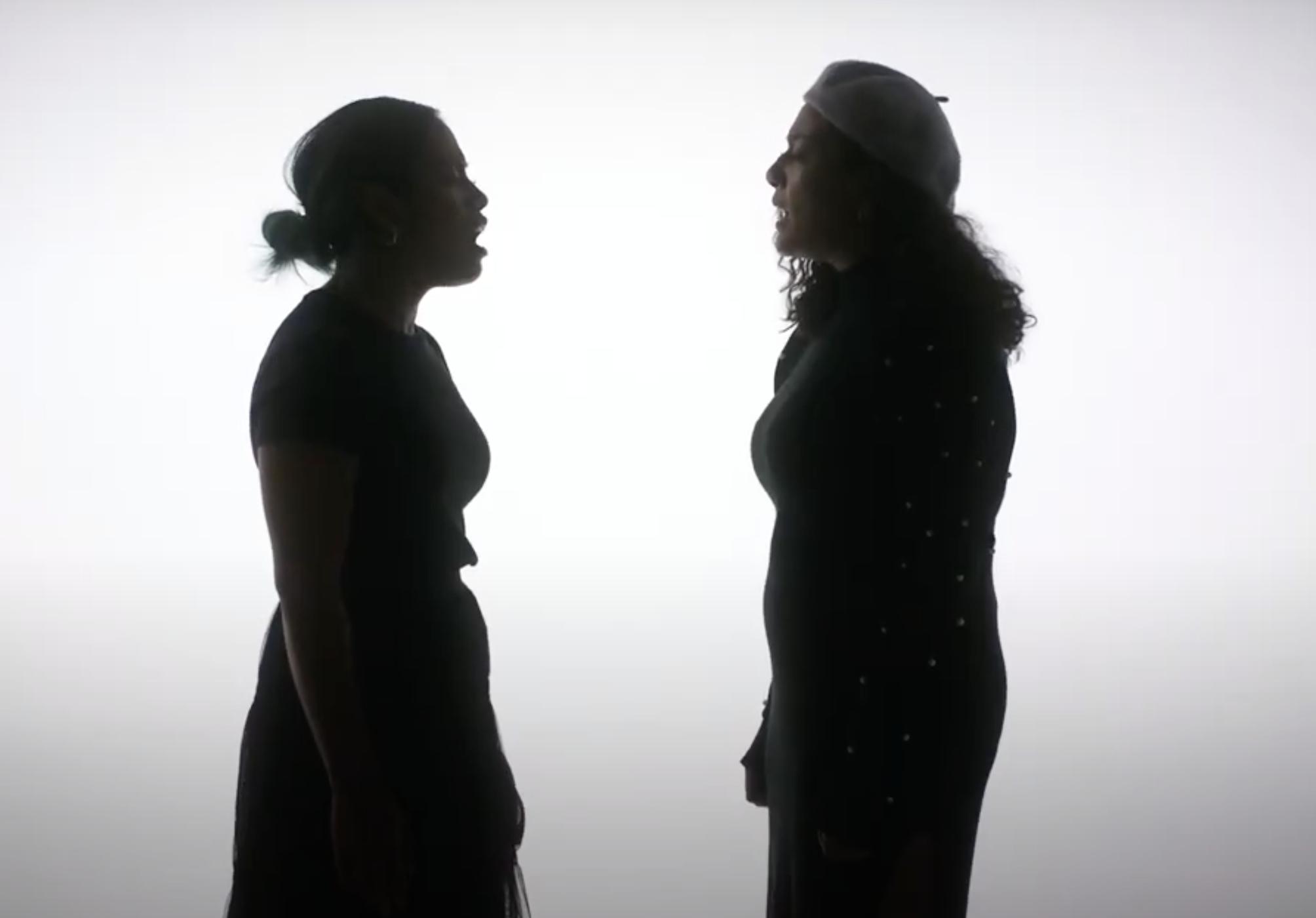
Creating Change: Related publications
Opening doors, not filling boxes: Policy kinesis and youth performance with the Black Friars Theatre Company, Aotearoa New Zealand
Molly Mullen, Michelle Johansson, Maria Ahmad and the Black Friars.
Chapter in The Applied Theatre Reader. 2020. Routledge. Pages 278-285.
This chapter presents the Black Friars as a distinct example of Aotearoa New Zealand applied performance practice, with deeply contextualised and culturally intelligent intentions, values and forms of practice. It also gives a sense of how the company experiences its relationship to the wider policy and funding context as a struggle within systems that enable and constrain Pasifika young people, communities and performance in particular ways. Policy and funding systems can be dispersed forms of governance, creating the ‘terrain of the possible’ for youth, communities and performance. The chapter focuses on the 'performative cultural politics' of Pasifika youth performance within this terrain. It also involves trying to embody a participatory, self-determined, culturally intelligent process through which young people use story and heritage literacies to articulate what success, leadership and performance mean to them.
Holding it together: Resilience and solidarity in the economies of Auckland youth performance companies
Molly Mullen
Article in Research in Drama Education: The Journal of Applied Theatre and Performance, 26:1, 2021, pages 88-104, DOI: 10.1080/13569783.2020.1815525
When financial resources are scarce and uncertain, youth performance organisations find ways to ‘hold it together’: to carry on no matter what. Engaging critically with theories of organisational resilience, this article examines how two youth performance companies in Auckland experience and respond to a precarious funding environment. The local policy and funding context compels organisations to ‘shape up’; to become more effective in the competitive system. Within this environment, however, the promise of sustainability remains ever-elusive. An alternative response, then, is found in the different ways organisations experiment with localised, culturally responsive community and solidarity economies.
Limited free downloads: https://www.tandfonline.com/eprint/ZY9UFXTY8DW9SH52IWUR/full?target=10.1080/13569783.2020.1815525
